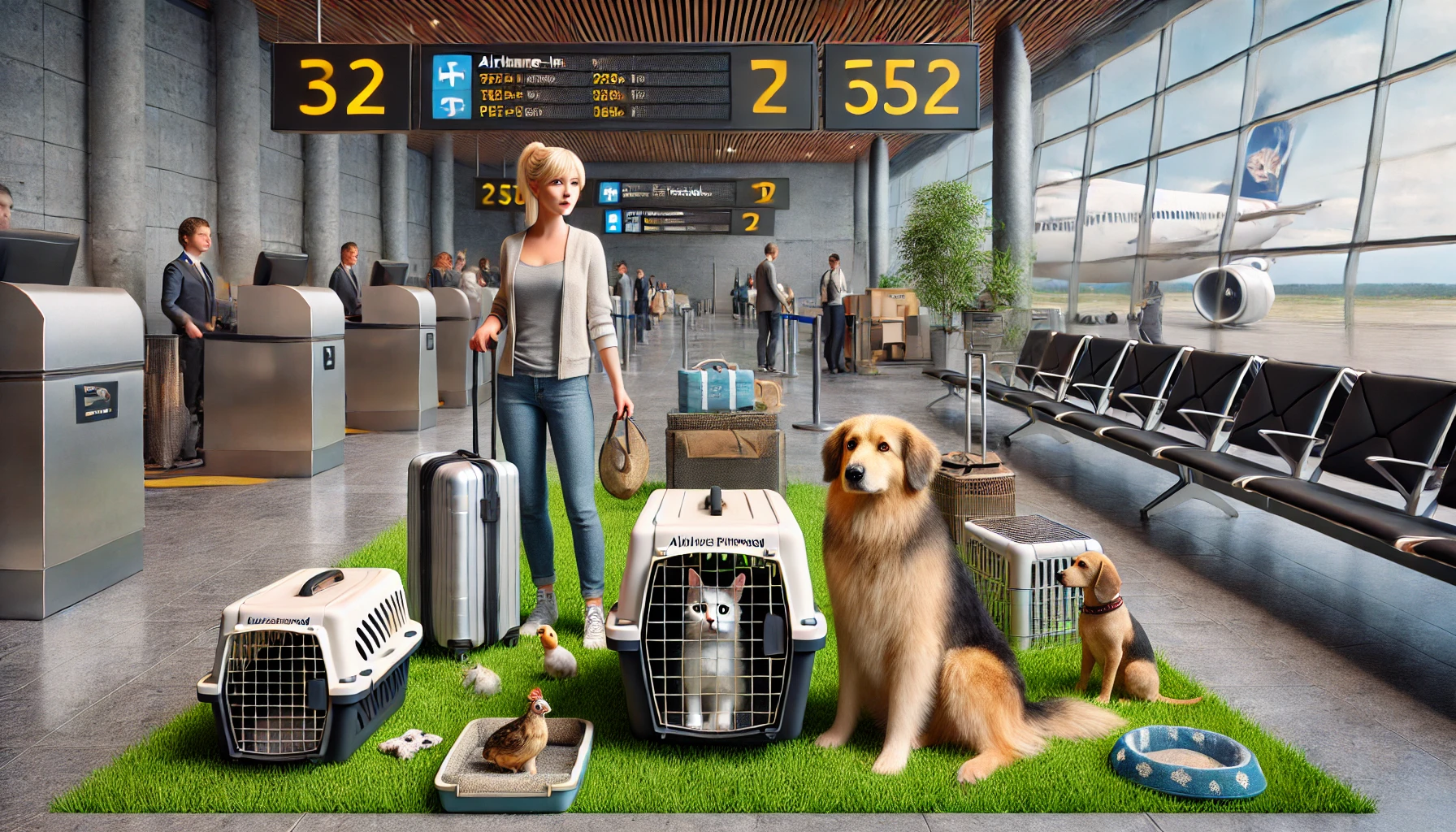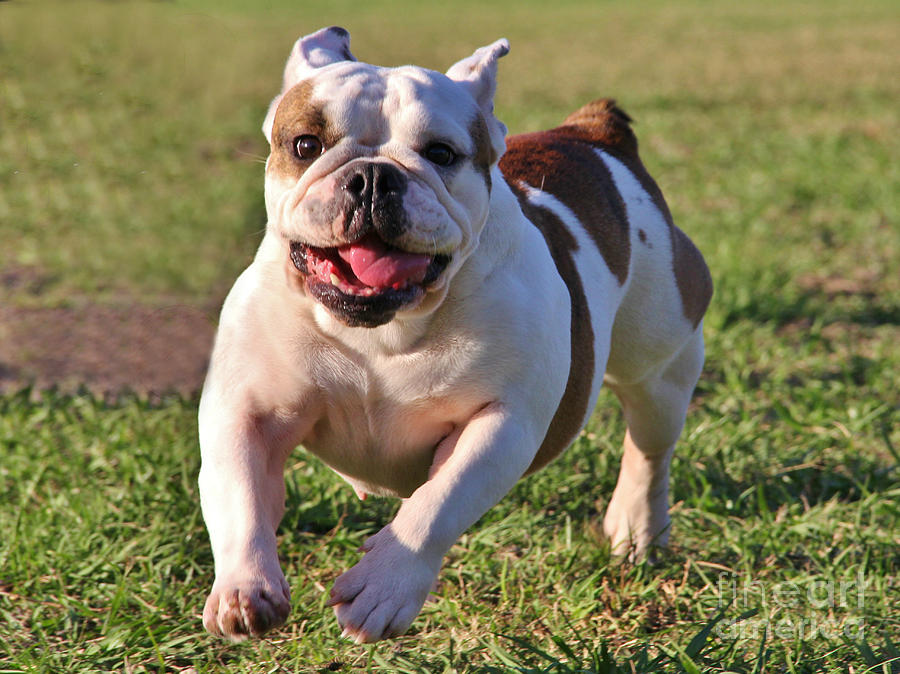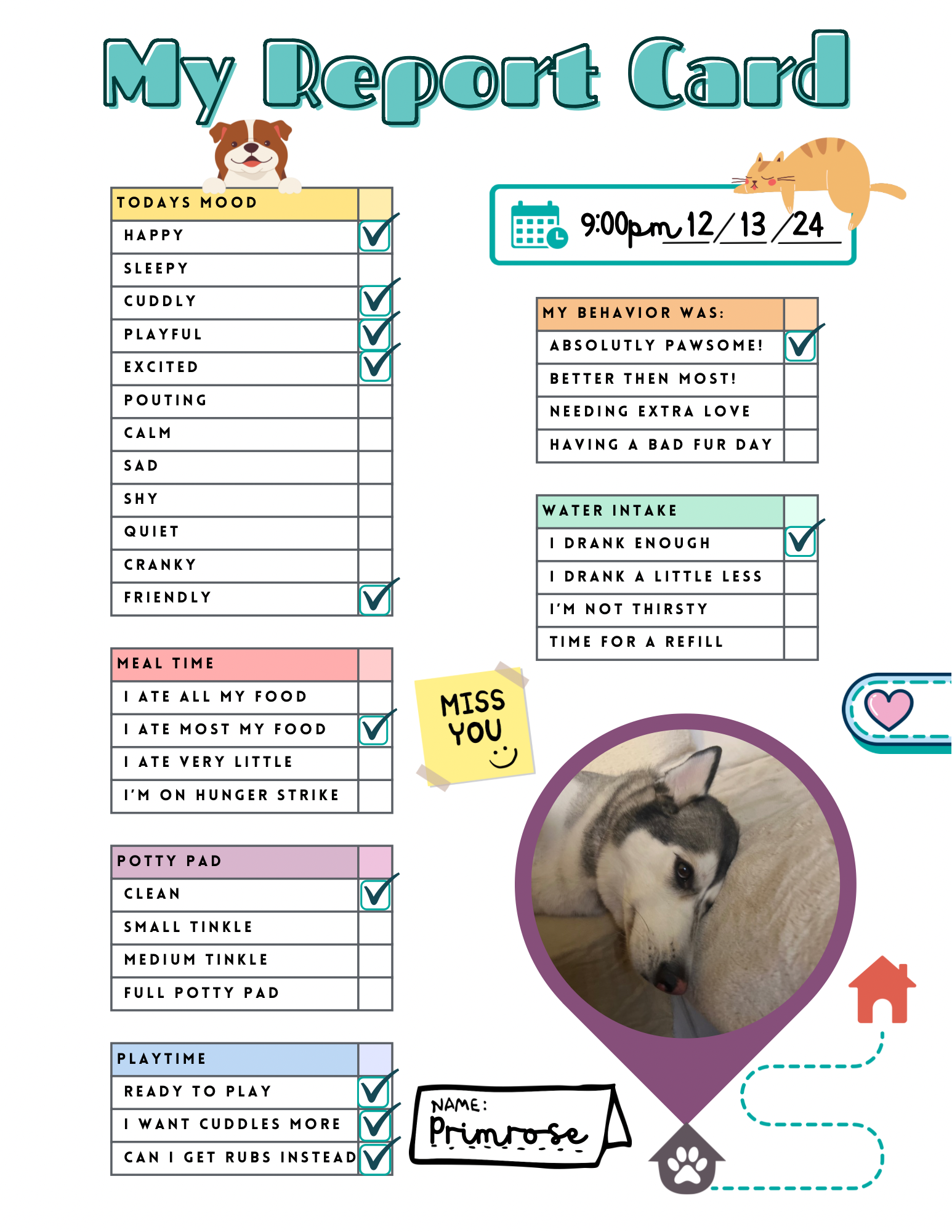Bulldogs and Their Delusional Speed: The Sprint That Never Was If you’ve ever watched a bulldog play, you’ve probably noticed something utterly hilarious. they...
Flying with Your Pet: Everything You Need to Know for a Smooth Journey
Flying with Your Pet: Comprehensive Guide for a Safe and Comfortable Journey
Hello! I’m Samantha, and if you’re thinking about bringing your pet on a flight, you’re in the right place. Traveling with your pet can be a truly rewarding experience, from the comfort of knowing they’re safe to the joy of having them by your side. Whether your pet is a service animal or a companion, flying together comes with both unique rewards and some challenges. Here’s a guide on everything you need to know to make the trip as smooth as possible, with insights into airline policies, pet-friendly airports like SNA and LAX, and plenty of tips and tricks. Let’s dive in!
The Benefits of Flying with Your Pet
Flying with your pet offers countless benefits, both emotional and practical. For many pet owners, it’s comforting to know that their furry friend is by their side. Pets provide natural emotional support, easing travel anxieties and helping owners feel less alone on long flights.
Service Animals: Life-Changing Support on the Go
Service animals are remarkable companions trained to perform specific tasks for their handlers, enhancing their independence and quality of life. For individuals with physical disabilities, service dogs can retrieve items, provide balance support, and open doors. People with visual impairments rely on guide dogs to safely navigate their surroundings. For those with mental health conditions, service animals can detect changes in mood and prevent panic attacks by performing deep pressure therapy (a calming technique where the animal leans against or lies across the handler).
Emotional support animals (ESAs) provide comfort for individuals with anxiety, PTSD, or depression, although new policies from the Department of Transportation classify ESAs differently from service animals. Unlike service animals, which are trained for specific tasks, ESAs primarily offer emotional relief and aren’t always permitted on flights for free. However, these animals are incredibly beneficial, and many airlines still accommodate them for a fee in the cabin.
The Comfort of Having Your Pet Close
For some people, having their pet nearby during travel is not only comforting but essential to managing stress or anxiety. Pets are incredibly perceptive and often know when their owners need a little extra love. This is especially beneficial on flights where the combination of altitude, confined space, and the bustle of an airport can create a stressful environment. Service animals in particular can provide calming support by grounding their handlers and preventing panic attacks.
Understanding Airline Policies: In-Cabin, Checked, and Cargo Options
Airlines have become increasingly pet-friendly over the years, but each airline has its own set of rules regarding pets. Here’s a breakdown of the most common options available:
In-Cabin Pets
Most airlines allow small dogs and cats to fly in the cabin, provided they meet specific weight and size requirements and can fit comfortably in an approved carrier under the seat. This is typically reserved for pets weighing around 20 pounds or less, although each airline sets its own limits. Southwest, Delta, and JetBlue are popular options for in-cabin travel due to their pet-friendly policies.
Checked Pets
If your pet is slightly larger, some airlines allow pets to be checked as baggage. This option provides temperature-controlled accommodations for pets in the cargo hold, but it’s best suited for pets who don’t suffer from anxiety or respiratory issues. Airlines typically limit this option for specific breeds, and you’ll need to ensure your pet’s carrier is airline-approved.
Cargo Transport
Larger animals that cannot fly in-cabin or as checked baggage may still be able to travel in cargo. The cargo area is climate-controlled, but some pets may experience anxiety, especially if they’re separated from their owners. This option is often necessary for very large pets or certain international flights. However, airlines may impose restrictions on this service during extreme weather, so be sure to verify seasonal policies when booking.
Service Animals
Service animals are permitted to fly in the cabin at no extra charge on most airlines, as long as the animal is specifically trained to perform tasks for a handler with disabilities. New regulations now require documentation to verify the animal’s service status, particularly for psychiatric service animals. Many airlines, including United and American Airlines, now require a form confirming the animal’s training, health, and behavior.
Dogs That Fly Well vs. Dogs That Struggle
Some dogs are naturally more comfortable flying than others, and it’s important to consider your pet’s temperament and breed before booking that ticket.
Great Fliers
Smaller breeds like the Maltese, Dachshund, and Cavalier King Charles Spaniel tend to adapt well to air travel. They’re generally comfortable in confined spaces and often meet the in-cabin weight requirements. Additionally, these breeds are usually calm and adaptable, making them ideal companions for flights.
Challenging Fliers
Some breeds, like brachycephalic (flat-faced) dogs—including Pugs, Bulldogs, and Boxers—may face breathing difficulties in low-oxygen environments like cargo holds. Even if allowed in-cabin, the excitement and anxiety of travel can exacerbate respiratory problems. High-energy breeds like Huskies or Shepherds may also struggle with confinement, becoming restless and anxious during long flights.
Note: Many airlines, including American Airlines and United, have specific policies for brachycephalic breeds, often restricting them from flying in the cargo hold to prevent health complications. Always check with the airline to see if your pet’s breed has specific travel restrictions.
Tips and Tricks for Flying with Your Pet
-
Research Your Airline Early: Start by checking each airline’s pet policies, fees, and requirements. Confirm that your pet meets all weight and size restrictions, and don’t forget to call ahead to reserve their spot, as many airlines limit the number of pets allowed per flight.
-
Prepare with a Vet Visit: Take your pet for a vet check-up to make sure they’re healthy enough for air travel. Discuss any calming supplements if your pet tends to be anxious, but avoid sedation, as it can increase risks in flight.
-
Use a Comfortable Carrier: Find an airline-approved carrier that’s well-ventilated and provides enough room for your pet to turn around. A familiar blanket or toy can provide comfort, so consider placing one inside the carrier.
-
Pack Essentials: Include a collapsible water bowl, treats, a leash, and a few disposable pet pads. If your flight is long, small portions of food can help keep your pet comfortable.
-
Exercise Before the Flight: Give your dog a walk or play session before you leave for the airport. A little exercise can help burn off extra energy, making it easier for them to relax in the carrier.
Do’s and Don’ts of Flying with Pets
Do’s:
- Do book non-stop flights whenever possible, as they reduce the stress of layovers.
- Do arrive early to allow extra time for check-in and TSA procedures.
- Do keep your pet’s identification tags updated with your contact information.
Don’ts:
- Don’t feed your pet immediately before the flight, as this can cause motion sickness.
- Don’t open the carrier mid-flight unless absolutely necessary.
- Don’t forget to check for any breed-specific restrictions on the airline you’re flying with.
Flying Out of Santa Ana (SNA) and LAX with Your Pet
Flying from SNA (John Wayne Airport) is a convenient option for pet owners in Orange County. It’s smaller, with fewer crowds, making it a less stressful experience for both you and your pet. SNA has pet relief areas close to the terminal, making bathroom breaks easier, especially during layovers or after landing.
On the other hand, LAX is one of the busiest airports in the world, which can feel overwhelming for pets. However, the airport has multiple pet relief areas in each terminal and offers plenty of amenities. Arrive early to navigate security, and consider bringing a familiar blanket or toy to keep your pet calm amidst the crowds.
When Flying Isn’t the Best Option
For some pets, flying may simply not be the right fit. If your pet has health issues, is particularly anxious, or is a brachycephalic breed, the stress of flying can outweigh the benefits. If that’s the case, don’t worry! I’m here to help with pet sitting, check-ins, and overnight care to keep your pet comfortable while you travel.
Flying with your pet can be a rewarding experience with the right planning. By preparing ahead, checking airline policies, and making sure your pet is comfortable, you’ll both be ready to enjoy your journey together. And remember, if it’s not the right time for your pet to fly, I’m just a call away to provide care and comfort while you’re away. Safe travels, and here’s to new adventures with your furry friend!

Related Posts
husky care on the 19th Floor: Taking Care of Primrose, the Husky There’s something special about taking care of a dog that isn’t yours....






